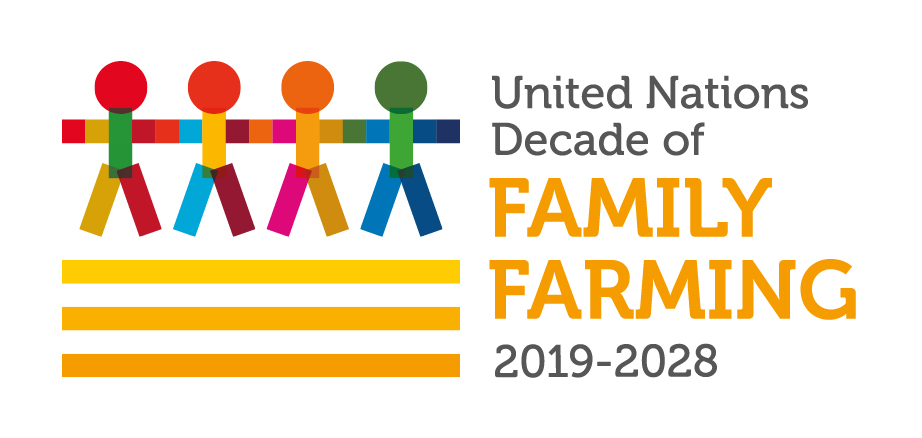For centuries, people in Asia and the Pacific have been growing and consuming a wide variety of highly nutritious food crops, including native and wild varieties of vegetables, fruits, herbs, spices, fishes, and other foods found in the mountains, forests, or bodies of water, or grown on community farms and gardens. Smallholder family farmers have been the custodians of these species and their biodiverse systems.
However, modern agriculture, aiming to achieve immediate profits, encourages the use of commercial seeds and crops instead of native ones. “Since the 1900s, farmers worldwide have abandoned many of their traditional crops in favor of even more genetically uniform, high-yielding varieties. Today, over half the world’s plant-based nutrition comes from just 3 crops: corn, wheat, and rice” (GFAR, n.d.).
As many communities moved away from producing indigenous foods, many of these crops have disappeared from the production chain and are now close to being forgotten. These crops are referred to as “neglected and underutilized species” by the Food and Agricultural Organization of the United Nations (FAO) as well as “forgotten foods” and “minor crops”. According to the FAO, “these crops are often overlooked by policymakers, researchers, and extension agents. In fact, governments rarely allocate resources for their promotion and development. That results in farmers planting them less often, reduced access to high-quality seeds, and loss of associated traditional knowledge” (FAO as cited in GFAR).
Some of these forgotten foods include pseudo cereals (grain amaranth, buckwheat, and chenopods), small millets (finger millet, foxtail millet, proso millet, kodo millet, and barnyard millet), underutilized grain legumes (rice bean, moth bean, adzuki bean, faba bean, horse gram, and winged bean), tuber crops (taro, cassava, sweet potato, yams, potatoes), minor fruits (jackfruit, custard apple, jewish plum, ber, and tamarind), seabuckthorn, red gram or pigeon pea, and sorghum.
Moreover, the underutilization of native food crops also resulted in the changing of people’s food habits. “Our ecosystem biodiversity is threatened, and people are malnourished” (GFAR, n.d.).
These forgotten foods are crucial for their multiple environmental, economic, social, and nutritional benefits. Many forgotten indigenous foods “have the power to combat hunger and malnutrition, respond to climate change, promote biodiversity, improve rural livelihoods and support healthier and more secure food systems” (GFAR, n.d.) “Adding new species to our diets can result in better supply of particular nutrients, i.e. essential amino acids, fiber, proteins. Neglected and underutilized crops also provide economic and environmental benefits. Farmers can grow them on their own, as part of crop rotation systems, or inter-plant them with other crops, protecting and enhancing agro-biodiversity at the field level. Having a bigger number of species to choose from in a crop rotation system allows farmers to have a more sustainable production system. By changing species in a crop rotation system, the cycle of some pests and diseases is disrupted and probabilities of infestations are reduced” (FAO as cited in GFAR, n.d.)
Due to their multiple benefits, it is important to revive traditional agriculture and reintroduce and reproduce these neglected species and varieties of indigenous crops.
In celebration of International Women’s Day (March 8), the consortium Asian Farmers’ Association for Sustainable Rural Development (AFA) and La Via Campesina (LVC) invites female members of the farmers’ organizations under the Asia-Pacific Farmers Program (APFP), Farmers Organizations for Asia (FO4A), and Assuring Resiliency of Family Farmers Amidst COVID-19 (ARISE-Farmers) to join the “Women Ensuring Food Security and Nutrition: Forgotten Foods Cooking Contest”. In this cooking contest, the challenge is to prepare native dishes that will highlight the use of forgotten indigenous/native/heirloom food crops as one of the main ingredients.
OBJECTIVES
This activity aims to:
- Raise awareness on many forgotten native or indigenous food crops and promote the production and consumption of these crops;
- Recognize the role of farming communities, in particular women farmers, as keepers and conservators of indigenous crops;
- Recognize the role of women in promoting nutrition in their households by integrating native foods into local cuisines;
- Highlight the nutritional value of forgotten indigenous foods;
- Showcase the rich biodiversity of Asia and the Pacific;
- Put into the spotlight the exquisite native cuisines and food cultures of Asia and the Pacific; and
- Boost the visibility of APFP-FO4A on social media.
WHO CAN JOIN
- Women farmers, fishers, indigenous peoples, forest users, herders, pastoralists, etc.
- Must be a member of a farmer group under the APFP, FO4A, and ARISE platform (as certified by the National Farmer Organizations (NFO) and National Implementing Agency (NIA))




Comments are closed